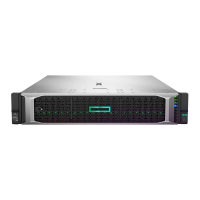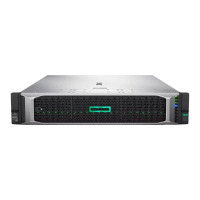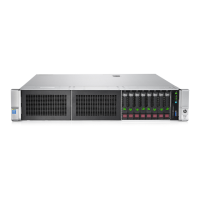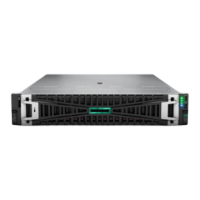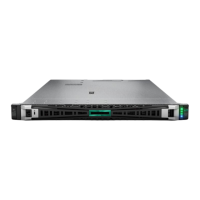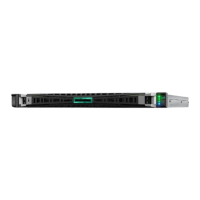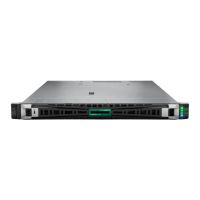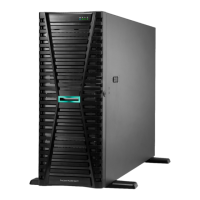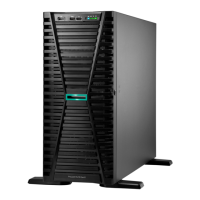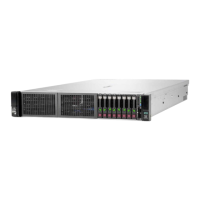Removing and replacing an NS204i-u boot deviceRemoving and replacing an NS204i-u boot device
Removing and replacing a processor or heatsinkRemoving and replacing a processor or heatsink
Removing and replacing the direct liquid cooling assemblyRemoving and replacing the direct liquid cooling assembly
Removing and replacing the system batteryRemoving and replacing the system battery
Removing and replacing the system boardRemoving and replacing the system board
Safety considerationsSafety considerations
Before performing service procedures, review all the safety information.
Electrostatic discharge
Symbols on equipment
Rack warnings and cautions
Server warnings and cautions
SubtopicsSubtopics
Electrostatic dischargeElectrostatic discharge
Symbols on equipmentSymbols on equipment
Rack warnings and cautionsRack warnings and cautions
Server warnings and cautionsServer warnings and cautions
Rail identification markersRail identification markers
Rack mounting interfacesRack mounting interfaces
Electrostatic dischargeElectrostatic discharge
Be aware of the precautions you must follow when setting up the system or handling components. A discharge of static electricity from a
finger or other conductor may damage system boards or other static-sensitive devices. This type of damage may reduce the life expectancy
of the system or component.
To prevent electrostatic damage:
Avoid hand contact by transporting and storing products in static-safe containers.
Keep electrostatic-sensitive parts in their containers until they arrive at static-free workstations.
Place parts on a grounded surface before removing them from their containers.
Avoid touching pins, leads, or circuitry.
Always be properly grounded when touching a static-sensitive component or assembly. Use one or more of the following methods when
handling or installing electrostatic-sensitive parts:
Use a wrist strap connected by a ground cord to a grounded workstation or computer chassis. Wrist straps are flexible straps with a
minimum of 1 megohm ±10 percent resistance in the ground cords. To provide proper ground, wear the strap snug against the skin.
Use heel straps, toe straps, or boot straps at standing workstations. Wear the straps on both feet when standing on conductive
floors or dissipating floor mats.
Use conductive field service tools.
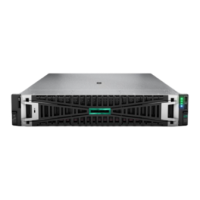
